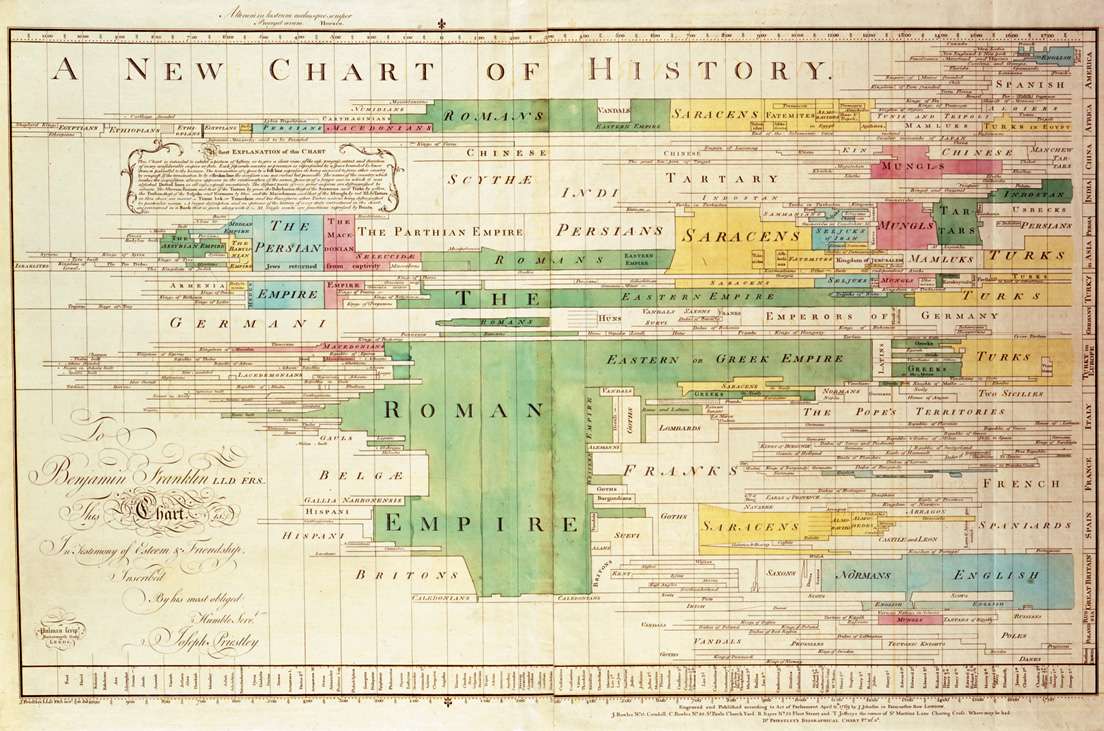What is the Purpose of History Education? (Radjenovic)
27 October 2015 - 12:27pm

What is the purpose of history education? The recounting of history is multidimensional and complex as history education has been a contentious subject since the creation of public schooling. Clark (2011) argues, history debates have shown to “disappear only to reappear over the way” (p. 1) and will not be going away anytime soon!
I agree with Sexias’ (1993) argument that history encompasses disciplinary knowledge by emphasizing the use of “inquiry to gain an understanding of the problems of historical interpretations” (p. 238). The purpose of inquiry-based knowledge is to engage students by providing them with primary documents to analyze, construct and debate past events. Disciplinary knowledge is supported by the work of Sexias’ historical knowledge conceptual model; to help both practitioners and students to better understand history education. There are five procedural concepts that are fundamental to understanding history which include: historical significance, continuity and change, progress and decline, evidence, and historical empathy” (2008). How are these five concepts practiced in the classroom? I support Seixas’ argument in that since these concepts help challenge students to become historians in the classroom students are in turn required to ask questions and be critical (1996).
As a secondary school teacher myself, I often question whether non-specialist history teachers relate to teaching history at the same level as I (or other history specialists) would. This is not to say that non-specialist teachers do not create a learning environment that is educative. Rather, non-specialist teachers may lack the necessary pedagogical tools to inspire students to study and internalize the important concepts and ideas related to history education. My feelings about specialist vs. non-specialist teachers were echoed by Seixas’ (1993) description of how history teachers develop a particular and unique relationship with students in their classrooms. Seixas argued that “teachers form a bridge between communities, extending outward to historians in one direction and to students in another” (p. 316).
Arguably, history teachers are more than mere conveyers of information in the classroom. They are also able to form networks in the interdisciplinary community and use these connections to guide and enrich the learning environment. History teachers both specialists and non-specialists should remain aware of this relationship to make history education as authentic and reflective of the academic community.
References
Clark, Penney. New Possibilities for the Past. Shaping History Education in Canada. Vancouver, B.C.: University of British Colombia.
Seixas, P. (1993). The Community of Inquiry as a Basis for Knowledge and Learning: The Case of History. American Educational Research Journal, 30.
Photo: "A New Chart of History color" by Alan Jacobs - http://www.thenewatlantis.com/publications/history-as-wall-art. Licensed under Public Domain via Wikimedia Commons - https://commons.wikimedia.org/wiki/File:A_New_Chart_of_History_color.jpg...
- Se connecter ou créer un compte pour soumettre des commentaires

